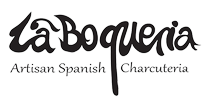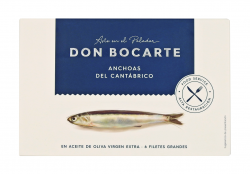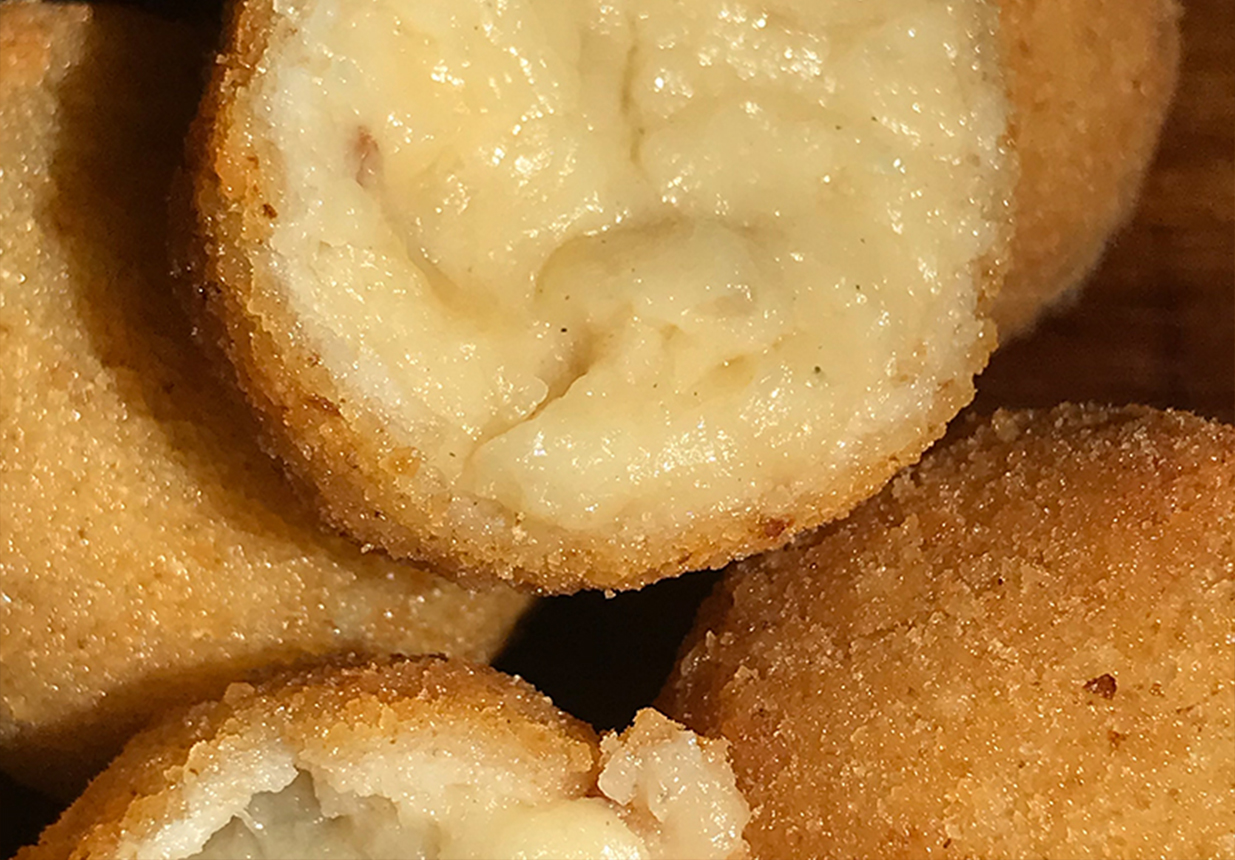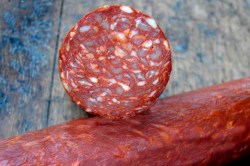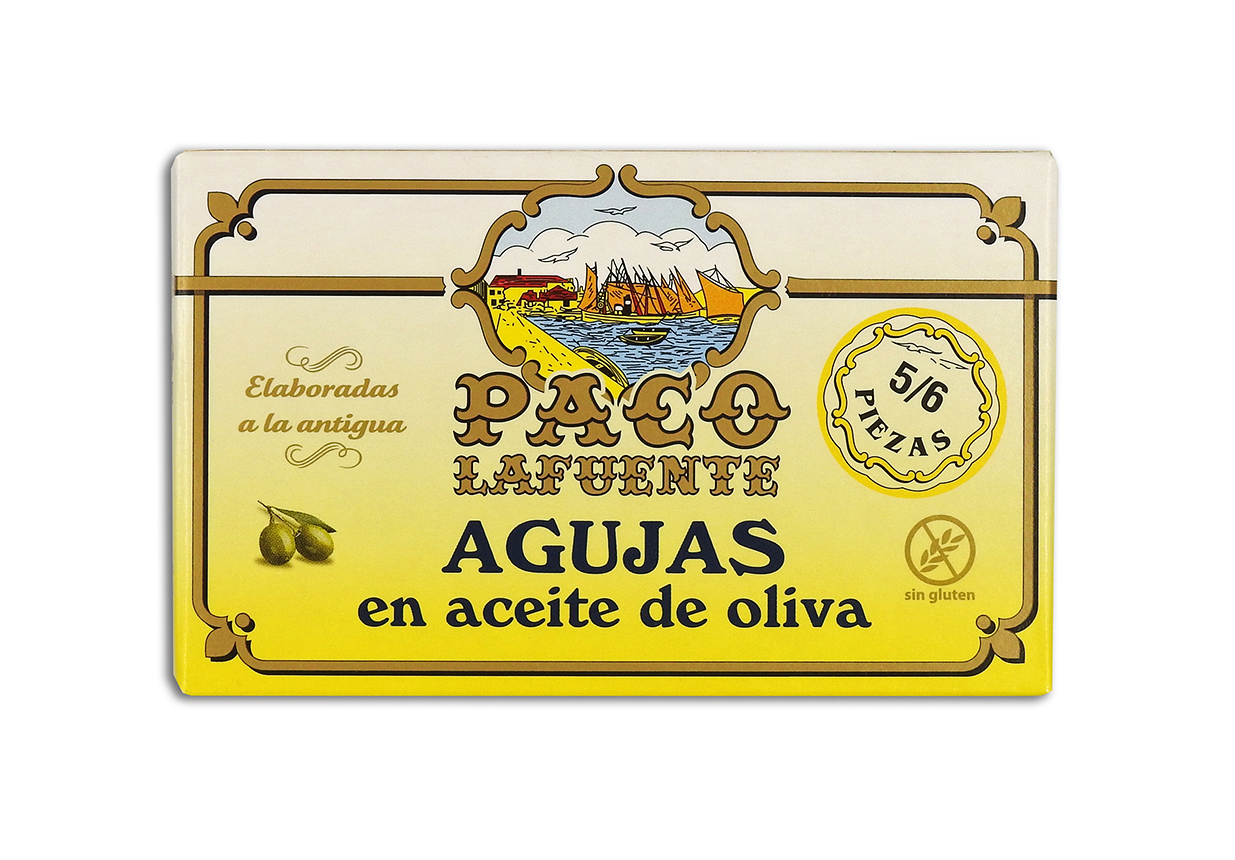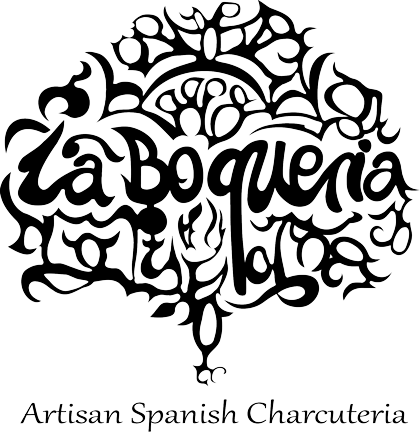The Only way to truly discover the Pata Negra Magic.
Jamón it up
Kendall Hill signs up for “jamónturismo”, the ultimate experience for devotees of the famed Iberian ham. Think of it as wine tourism for carnivores.
Guijuelo is not a pretty place. Located 50km from the city of Salamanca in Spain’s mid-west, it’s a small, wealthy industrial outpost that grew prosperous from pigs. The town is known for its ham, not its beauty.
The ham in question comes from the Iberian pig, the prized black variety that feasts on acorns and whose aromatic meat commands extraordinary prices. It is said the hams from Guijuelo are the best in Spain, if not the world, so I am here to see what all the fuss is about. On a hot and dusty July afternoon, I arrive at the drab Julián Martín factory to experience what it has coined “jamónturismo”, ham tourism. Think of it as wine tourism for carnivores.
After dressing in white lab coats and plastic shoe covers, the visit begins in the salting room where pork loins are buried in pits under sea salt for a week or more. Afterwards, they are hung to dry naturally in the breeze. Julián Martín is unusual because it still salts its hams manually and matures and cellars them naturally.
“For a factory like this, this is not normal, but my boss is convinced this is the best process,” explains marketing director Jorge González. His boss is no doubt convinced by the fact that Julián Martín has cornered some 50 per cent of the Spanish hams market and is the exclusive supplier of the ubiquitous department store El Corte Inglés – Spain’s answer to Harrods or David Jones.
Iberian pigs are descended from the southern Mediterranean boar, a very tasty creature. In this region, they are bred and fed in the “dehesa”, natural forests of holm oaks that bear acorns – the favourite food of discerning pigs. During the “montanera” season, when the acorns fall, the pigs double their weight from 80kg to 160kg. It’s the ultimate free-range benefit.
The secret of jamón Ibérico’s success is part breeding, part dehesa. Standard jamón Ibérico comes from a pig that has a black Iberian pig for a mother and a white pig for a father, but it is not fed acorns. Jamón Ibérico de bellota has the same parentage but is acorn-fed. Ibérica pura de bellota is the very finest ham, made from pure-blood Iberian, acorn-stuffed beasts.
The tour, led by Julián Martín’s dapper mastercarver Juan Vicente Delgado, proceeds to the sausage kitchens where minced loin is blended with the finest paprika, pimentón de La Vera from Cáceres, to make chorizo. At the end of the months-long curing process, the sausages are X-rayed to ensure they contain no foreign matter, such as a bullet or a wedding ring.
The procedure for hams is more protracted and lucrative. After salting, which removes blood from the leg and enhances flavour, the hams are put through a sort of porcine car wash to rinse excess salt and then, in November or December, they are hung to dry in the “secaderos” for 45 days, where the interior temperature is increased gradually from four to 16 degrees. Hams are disgustingly mouldy things during this time but the mould performs an essential function, forcing residual salt inside the leg to flavour the flesh.
The loins are later transferred to the factory’s upper floors to dry naturally in the plains air for no fewer than two years. About 12 months before maturity, the company’s premium customers drop by to hand-pick their hams, ably assisted by Delgado. The legs are tested at several points along the femur vein to check the blood has drained properly. A thin stick is inserted into the ham, withdrawn and placed under the nose of Delgado who, like a seasoned vigneron, can tell at a sniff how well the product is maturing.
“Like great wines, they must slowly mature in the darkness of the cellar,” he says, rather poetically.
The walking tour concludes in the dégustation room, where guests sit at floral-clothed tables as Delgado deftly dispatches a 7kg ham, chorizo and sausages and delivers heaped platters of meats to the table with some bread and rather good wine. As guests devour the silken meat, they have a beautifully gothic view of 200,000 hams hanging in the cellar beside them. It’s a particularly nice way to spend an afternoon.
PHOTOGRAPHY SHARYN CAIRNS
This article is from the October 2009 issue of Australian Gourmet Traveller.


